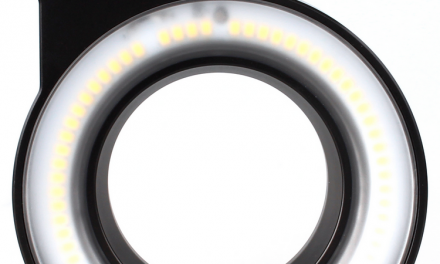Underwater photography is quite popular nowadays, with more and more divers going to the ocean to see and capture the exciting and vibrant world on film. However, the only way to be successful with underwater photography is to get your lighting as close to perfect as possible.
The most commonly used types of underwater lighting are video lights and strobe lights. Strobe lights, also know as ‘flash’, are simply xenon light bulbs that deliver a very powerful flash of light for short period of time. On the other hand, video lights are devices that are capable of emitting a constant beam of light for long periods of time.
What are the main features of underwater photography lights?
Lumens
This is the most important feature to look for when comparing dive lights. Products that deliver higher lumen outputs are stronger. Basic lights feature a lumen output of around 500-1000; medium range photography and videography dive lights deliver around 2000-3000 lumens; meanwhile, high-end ultra-bright lights can reach 20,000 lumens. If you want to capture sea life on film, stick to low- and medium-lumen dive lights to avoid scaring underwater inhabitants away. For capturing caverns and formations under water, super bright lights can be useful.
Beam angle
Underwater dive lights with a narrow beam are perfect for signaling other divers or spotting out interesting animals and formations. On the other hand, photography lights with 60-, 100-, or even 120-degree beam angles are preferred for lighting up videos and wide-angle photos. For this reason, most underwater photography lights feature a 60-120 degree beam angle.
Modes
Underwater photography lights come with various modes: spot (narrow beam), flood (wide beam), red light, and SOS or emergency.
- The spot and flood modes allow the diver to switch modes as needed with a quick press of a button.
- Red light mode is used to facilitate focus and to capture images of sea creatures who cannot see red light.
- SOS or emergency modes allow an underwater photographer to randomly flash a white light whenever they are in an emergency situation.
- Underwater photography lights also feature various power levels to control power output from: low, medium and high modes are common.
There are many other things to look out for when selecting underwater photography lighting such as the switch type, body material, depth rating, battery life, grip type, beam quality and mount options. However, this guide should get an enthusiastic diver well on their way to choosing the best underwater photography dive light.
Some of the most popular underwater video lights include:
- Scubapro Flashy LED Flash
- Light & Motion SOLA 1200
- UK Aqualite-S UV-395
- Light & Motion Sola Video Spot/Flood 2500
- SOLA 600




